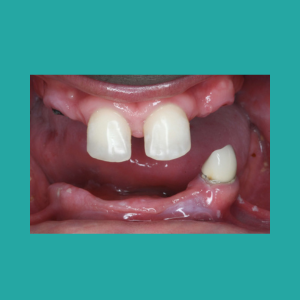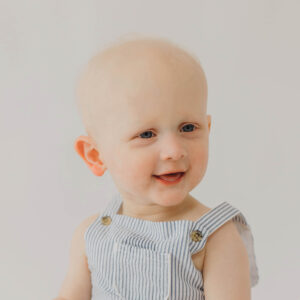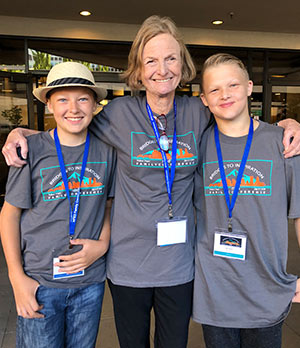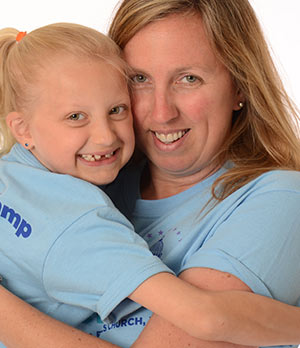
The worldwide expert on ectodermal dysplasias and the only advocacy organization in the U.S. dedicated to those living with these disorders.
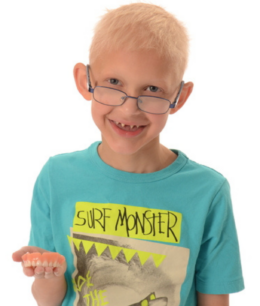
What are ectodermal dysplasias?
The ectodermal dysplasias are inherited disorders that involve defects in the hair, nails, sweat glands and teeth. When a person has at least two types of abnormal ectodermal features—for example, malformed teeth and extremely sparse hair—the individual is identified as being affected by ectodermal dysplasia.
Learn MoreWe're Here to Listen and Provide Support

Browse Our Resource Library
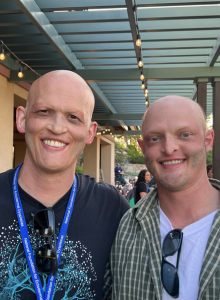
Find a Supportive Community
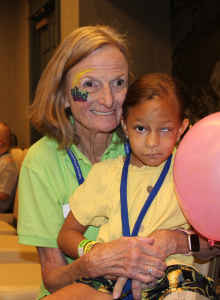
Get Help From NFED Staff
The Impact of Research
$3.6M
Invested in Research
118
Research Studies and Trials
1,000+
Participants from NFED Families

Groundbreaking Treatment for XLHED in Development
EspeRare and Pierre Fabre are conducting a clinical trial to test the first potential treatment before birth for x-linked hypohidrotic ectodermal dysplasia (XLHED). The Edelife Clinical trial has sites in six different countries.
Early results showed that six boys who received the prenatal treatment sweat normally and have other improved symptoms. The trial is seeking up to 20 participants. Do you qualify?
Upcoming Events
- Jul 23, 2026 2026 NFED Family Conference
 You can help us make tomorrow brighter today! Your support provides hope for children like Theo and all those affected by ectodermal dysplasias.
You can help us make tomorrow brighter today! Your support provides hope for children like Theo and all those affected by ectodermal dysplasias.


